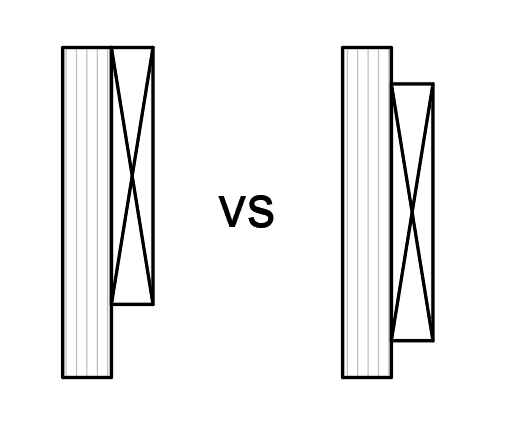I have come across this a few times now where an existing building is being given an addition which has a much higher roof. We plan to reinforce the existing 2x10 roof joists with LVL's as the drifting snow load is quite large. However, how does one assess the deflection accurately given that the E's are different? They are sistered side by side, would it be as simple as finding the weighted EsI for the combined shape?
In the past I have just sized the new reinforcing to take the entire deflection, which is way over-designed if deflection is what governs in my opinion, but it is quick.
In the past I have just sized the new reinforcing to take the entire deflection, which is way over-designed if deflection is what governs in my opinion, but it is quick.


![[hourglass] [hourglass] [hourglass]](/data/assets/smilies/hourglass.gif)
